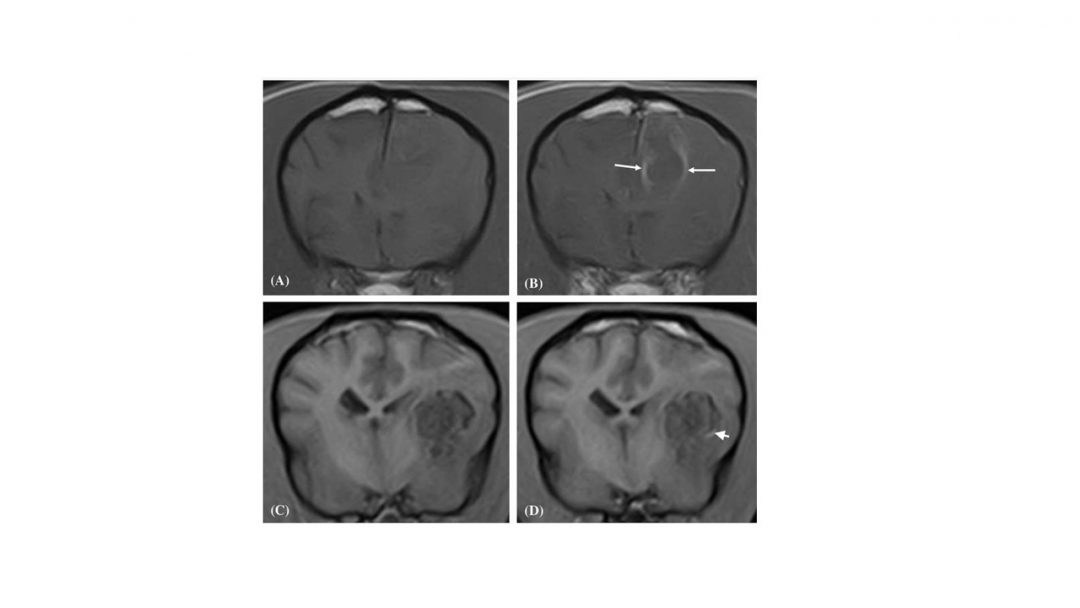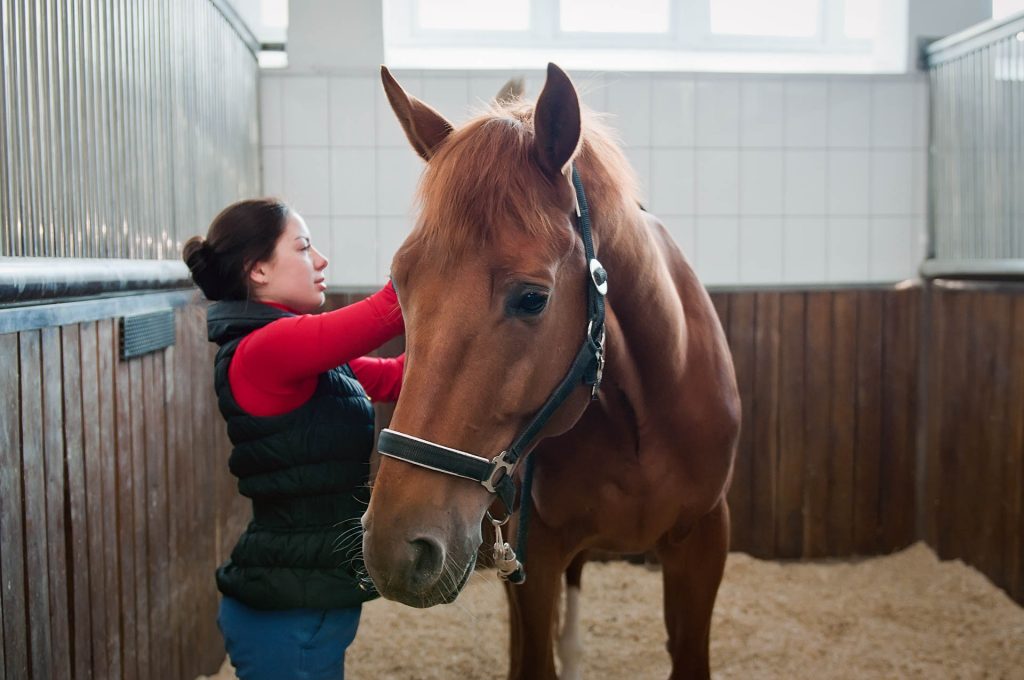The number of brachycephalic dogs bred purely for their aesthetic is increasing. As a result of this trend for flat-faced pets, there are growing concerns over health problems faced by breeds with extremes of conformation.
What is brachycephaly?
The term brachycephaly translates as short (brachy-) head (-cephaly). The distinctive shortened muzzle and skull, underbite and wide-set eyes – characteristic of brachycephalic dogs and cats – result in a somewhat juvenile appearance that owners consider cute and highly desirable. Unfortunately, this appearance also comes with health problems, many of which arise from excessive soft tissues in the nose, mouth, and throat compared to their skull size.
Highlighting the problem
Pet insurance companies are taking the problem of welfare issues seriously. In January this year, Nationwide Pet Health took a deep dive into the risk of diseases found in brachycephalic breeds. While most brachycephalic dog breeds are at increased risk of certain diseases, a subset of these dogs face far greater risk than the rest of the group. Nationwide’s findings overlap with established research that identifies these “extreme brachycephalic” breeds as the French Bulldog, English Bulldog, and Pug.
Their comprehensive White Paper entitled “In the know about noses: Burrowing into brachycephalic dog breeds (Part 1), summarises data taken from over 50,000 individual brachycephalic dogs and looks in detail at their most common health problems including:
- Respiratory diseases
- Ocular diseases
- Hyperthermia
- Complications in pregnancy
- Allergic reactions
- Neurological diseases
In Part 2 of their series, due out later this year, Nationwide will consider comorbidities and their impact on the health and well-being of brachycephalic and extreme brachycephalic dogs.
Campaigning for change
The UK Brachycephalic Working Group (BWG) is calling for prospective owners to “stop and think” before buying a flat-faced dog. In a targeted campaign aimed at pet owners, the dangers of overbreeding and the resulting health problems for their pet is highlighted. In addition, a ban on companies using images of brachycephalic dogs in advertising is also being sought. A recent article in The Vet Times also highlighted the work currently being done to reduce the popularity and negative impacts of brachycephaly in dogs.
Offering a solution
The ethical decision to continue breeding these dogs is a subject of debate amongst veterinarians and breeders alike. Some countries are already imposing breeding bans for certain brachycephalic breeds. Whilst Hallmarq fully supports the BWG’s initiative, it also recognises that change can and does take time. Dr. Simon Platt, Hallmarq’s Small Animal Medical Director, states:
“Whilst not condoning their overbreeding or missuse, we can not ignore that health problems faced by these animals exist. For as long as they do, the welfare concerns of these breeds must be best understood to be most effectively treated.”
Dr. Simon Platt, Small Animal Medical Director, Hallmarq Veterinary Imaging
Hallmarq’s Small Animal 1.5T MRI offers a way for veterinarians to help diagnose the common problems faced by breeds with extremes of conformation. With veterinary anatomy in mind, their award-winning technology includes pet-specific coils designed to better capture the fine details that neurologists and soft tissue surgeons need in order to make a diagnosis.
In line with its mission to improve the lives of animals and of the people that care for them, Hallmarq wholeheartedly supports any moves towards early disease recognition, appropriate interventions, and better health outcomes for every pet.








